Following the Need Around the World - Tibet

We are all used to using the toilet in a relatively comfortable way. In every home toilet, we can sit comfortably, relax, and carry out our tasks. However, it does not look the same everywhere in the world, and often using a toilet has little in common with what we are accustomed to.
We invite you to get acquainted with the first part of the "Around the World with Needs" series, in which we present what toilets look like in different parts of the world and how much they differ from the ones we know.
Tibet, or asceticism in all its glory
We start our journey from a very exotic place, namely Tibet. This picturesque land, formally part of the People's Republic of China, is associated by many of us with beautiful mountain landscapes and Buddhist monks living in harmony with nature. It is precisely the culture of monks living very modestly that has had a significant impact on a large part of the region.
Many buildings, both outside and inside, are kept in an ascetic form, and this is no different with the toilets in these buildings.
What does it look like and how to use it?
In the pictures below, we present a few of the more interesting examples of toilets that we saw while touring Tibet.

This toilet is located near a tourist shelter. It could be said that it is only a relic, part of the ruins of a building that was previously located here. This is partly true, but the place is still in use. On the signs, we can notice signage in two languages - English and Chinese, which indicates where the male and female parts are.
Both parts practically do not differ from each other, because in both we will only find a stone bench with a hole.

Here we have a toilet very similar in use to the previous one. It is located by one of the roads. There is no division into men and women here, so everyone can use the segment that suits them at a given moment. Additionally, stairs have been added, which make it easier to get inside.

This toilet significantly differs from the previous two. It is a public restroom located in a small town. It's available for anyone who finds themselves in need. It does not differ practically from the toilets we are accustomed to. Before the building, under an umbrella, we can spot an older woman whose job is to collect symbolic fees from people who want to use it.

And this is the toilet available to customers of a certain restaurant. Here, too, the toilets are divided into female and male sections, and the symbols at the top help in choosing the appropriate one. This toilet, like the public one in the previous photo, is well equipped, and you can find everything you need. In Poland, such a location for a toilet might not be approved by health inspectors.

A toilet at the foot of the sacred Mount Kailash. The peak of the mountain rises to a height of 6714 meters above sea level. Every year thousands of people pilgrimage around Mount Kailash. Hindus and Buddhists circle the mountain clockwise, Jain and ancient Tibetan bon religion followers trek in the opposite direction. The pilgrimage around Mount Kailash covers 52 km.



Tibet: Tradition Meets Simplicity
Tibet is a country with a unique culture and spirituality, which are also visible in their approach to toilets. Tibetans have their unique practices related to hygiene and using toilets. Here are some interesting facts about toilets in Tibet:
-
Dry Foot Toilets: Traditional Tibetan toilets are usually simple, wooden structures with a hole in the floor. They are known as "dry toilets" because they don't use water to flush. Instead, to maintain cleanliness, Tibetans use peat or ash, which absorbs moisture and neutralizes unpleasant smells.
-
Fertilizing Fields: Due to harsh climate conditions, the harsh environment, and limited water resources, Tibetans have used human feces as natural fertilizer for their crop fields for centuries. Waste from dry toilets is collected and stored, and then used to fertilize plants.
-
Toilets in Monasteries: In Tibetan monasteries, there are usually communal toilets outside the buildings. They are often separated into two parts: one for monks, and the other for pilgrims and tourists. Traditional monastery toilets also rely on a dry system, and monks take care of maintaining their cleanliness.
-
Adapting to Modernity: As Tibet develops, especially in larger cities like Lhasa, more and more toilets in public places and hotels are being adapted to modern standards. Running water and a sewage system are gradually being introduced, although traditional dry toilets can still be found in many places.
-
Height Matters: Tibet is known for its high-altitude climate, which affects daily life, including using toilets. Due to lower atmospheric pressure and lower oxygen content at high altitudes, digestion and metabolism processes can be felt differently by those visiting this region.
While exploring Tibet, it's worth noting the diversity of toilets and hygiene practices, which are closely related to the culture, tradition, and geographical and climatic conditions of this extraordinary place. Toilets in Tibet are an excellent example of how people can adapt to their environment and use available resources in an efficient and sustainable way.
During your trip to Tibet, remember that respect for local customs and culture is key. When using traditional toilets, adhere to the hygiene rules applicable in that place and be open to an experience different from what we know from our daily life.
It's also worth remembering that access to toilets in some regions of Tibet, especially in remote and high-altitude areas, may be limited. In such cases, portable tourist toilets or special sanitary bags might prove useful.
In summary, toilets in Tibet are a unique aspect of the country's culture, which is definitely worth getting to know during your trip. They provide insight into the daily lives of Tibetans and show how they deal with the challenges posed by the harsh environment in which they live.

















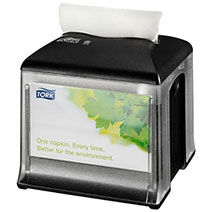

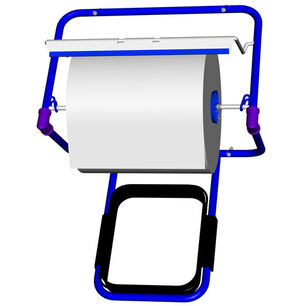


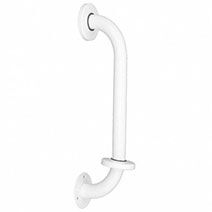


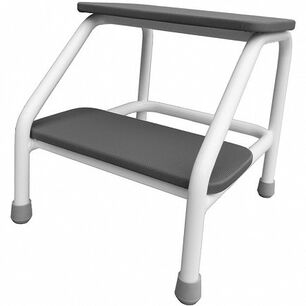



















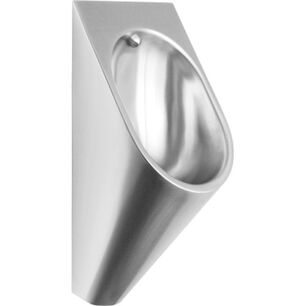

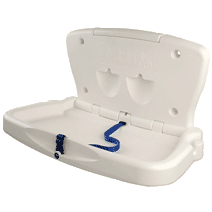


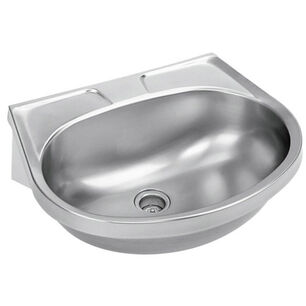


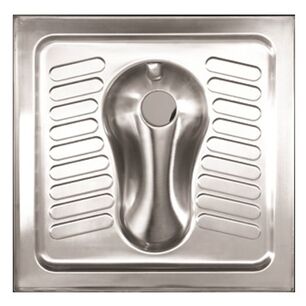



















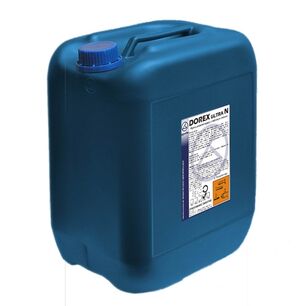












 Polski
Polski
 Czech
Czech
 German
German
 Spanish
Spanish
 Slovak
Slovak